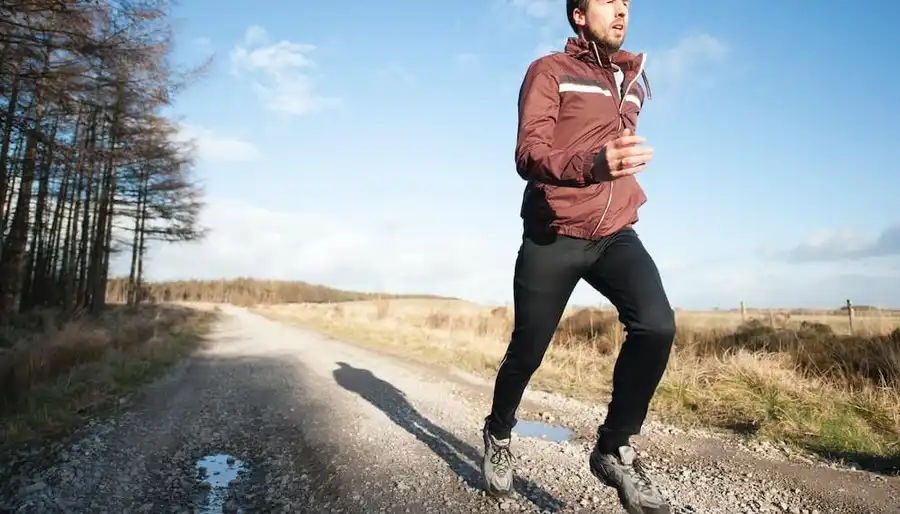Staying fit in colder weather
30 September 2021

For those of you who exercise outdoors - be it running, cycling, winter sports such as rugby, even a walk, read on, this Blog is for you!
The benefits of exercise are well known, however, those darker, colder days can lead the most motivated of people to pack away their workout routines and stay tucked up in bed.
The following tips can help keep your body safe and warm when exercising outdoors.
Dress in layers – dressing too warmly is a mistake. When we exercise the body generates heat, so this can make us feel warmer than it actually is.
The sweat we produce is evaporated, which removes heat away from the body, so then we feel cooler (super clever body). However, in the winter this can lead us to actually get cold, and therefore a lower body temperature.
The trick is to dress in layers that can be removed. It is sensible to have a base layer that is synthetic as it draws sweat away from your body. Cotton should be avoided as it stays wet next to your skin. Next should come an insulation layer of fleece or wool, and then a breathable waterproof.
Warm up and cool down – this is important at any time of the year, but especially important in the winter.
You should spend at least 10 minutes warming up before you exercise and the same stretching when you have finished your exercise.
Protect hands, feet and ears – exercising in the cold means our body diverts the blood to the core and the muscles that are working, so exposed extremities (hands, feet, ears) are left vulnerable to the cold.
If you suffer from cold hands and feet or have Raynaud’s you may want to consider having a chemical heat producing pack with you to help you keep the exposed areas warm.
Wear the right shoes – in the winter consider buying trainers half a size too big to allow room for thicker, thermal socks.
Choosing trainers with good traction for winter outdoor walking or running is sensible as this can help prevent slips and falls.
Keep hydrated – even exercising in the cold makes our body sweat, so it is important to replace those lost fluids. Drinking before and after exercise is important, even if you do not feel particularly thirsty.
Check the weather – if there is ice, sometimes it really is safer to skip a day, rather than risk a slip/fall which could cause significant injury.
Windchill should also be checked, as this can affect how your body reacts to the outdoor temperature, and can lead to hypothermia.
Safety gear – this means bright and reflective clothing, lights on those bikes, and obviously a helmet if you’re on a bicycle! You need to be seen!
Personally I am not a fan of exercising with headphones in when on the roads as you just cannot hear traffic.
Most importantly make sure someone knows your route – and your expected return time just in case something does go wrong.
There are some amazing exercise trackers out there as well for phones/bike computers which can notify a designated contact if you do have an accident along with your geographical position.
- Written by Emily Coombes (Registered Osteopath - 7416)